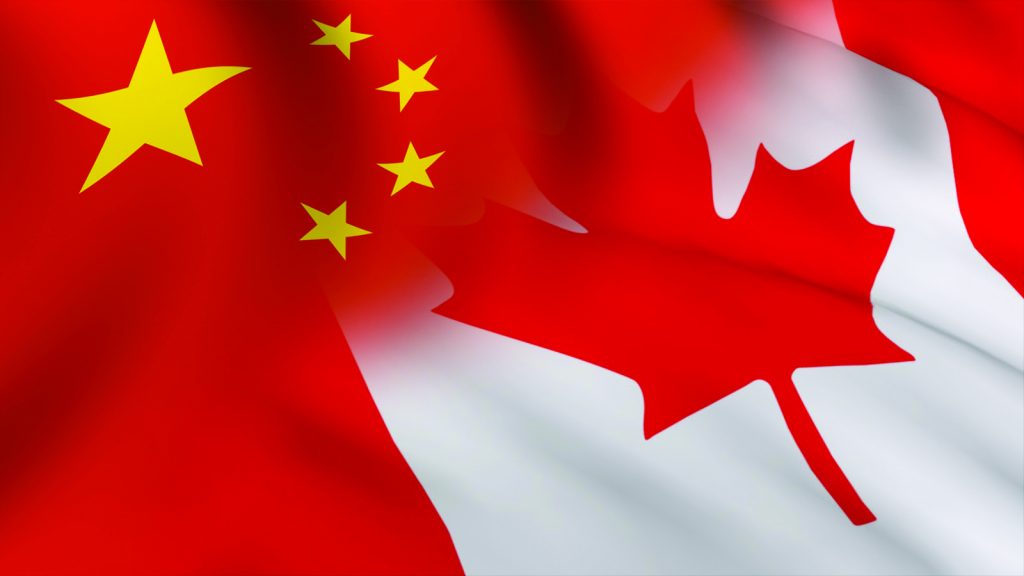Memo #313
By Matthew Levine – matthew.a.j.levine [at] gmail.com
 Canada’s Foreign Investment Promotion and Protection Agreement with China (China FIPA), which entered into force October 1, 2014, is a laudable step towards norms-based economic relations in the Asia-Pacific. My two goals here are to briefly introduce key developments in the China FIPA and to put in context the surprisingly intense opposition that has materialized.
Canada’s Foreign Investment Promotion and Protection Agreement with China (China FIPA), which entered into force October 1, 2014, is a laudable step towards norms-based economic relations in the Asia-Pacific. My two goals here are to briefly introduce key developments in the China FIPA and to put in context the surprisingly intense opposition that has materialized.
The China FIPA contains two basic types of obligations: first, reciprocal standards of treatment owed to partner country investors; and second, an offer to resolve disputes related to those standards directly with the investor through arbitration. (This second category is increasingly referred to as ‘investor-State dispute settlement,’ or ISDS).
The China FIPA has come in for vocal criticism in relation to ISDS, for at least three reasons: first, we are experiencing a period of collective angst about the rise of China and Canada’s place in a rapidly integrating Asia-Pacific; second, some Canadians have objected to ISDS since it was first included in the 1989 North American Free Trade Agreement (NAFTA); third, while significant work has been done to respond to such critics—ranging from conflict management mechanisms to transparency norms—the China FIPA regrettably fails to capture these improvements.
Supporters point out that the China FIPA reflects long-held policy as it closely resembles the dozens of FIPAs signed since NAFTA; that it is non-partisan since negotiations were initiated by Jean Chretien’s Liberal government in 1994; and that the Canadian business community will benefit, especially because we are now the only G7 country to have reached such an agreement with Beijing. This is all technically correct, but it would be shortsighted to overlook the need for broad public buy-in. Indeed, there have been calls for a public conversation about Canada’s FIPA program since the China FIPA was announced more than two years ago.
What would such a review look like? It would make sense to consider not just ISDS but provisions such as rights of establishment and policy space exceptions, which I’ve written about elsewhere. In brief, while the China FIPA raises as many questions as it answers about the ability of Canadian investors to enter the Chinese market and vice versa, its policy space exceptions are a tangible example of Canadian thought leadership in balancing foreign investment and social responsibility.
About the Author:
Matthew Levine is a Canadian lawyer. He has experience advising on investment treaties throughout the Americas and in Southeast Asia.
Links:
- Foreign Affairs, Trade, and Development Canada, “Background on the Canada-China FIPA”
- Lawrence Herman, “Time to rethink foreign investment protection agreements? Perhaps,” Globe & Mail (March 2013)
- Matthew Levine, “Canada – China FIPPA & Canada – Korea FTA: Recent Canadian Pieces in the Pacific-Rim Investment Treaty Jig-Saw,” Transnational Dispute Management (2014, forthcoming)
- Luke Eric Peterson, “Time to study Canada’s approach to foreign investment deals: As lawsuits gather pace, it’s clear more reflection is needed on FIPAs,” Embassy (March 2013)
- Paul Wells “Canada-China investment: big risk in the fine print,” Macleans (September 2012)
- Gus Van Harten, “The Canada-China FIPPA: Its Uniqueness and Non-Reciprocity” Canadian Yearbook of International Law/Annuaire Canadien de droit international (2014, forthcoming)

Comments are closed, but trackbacks and pingbacks are open.